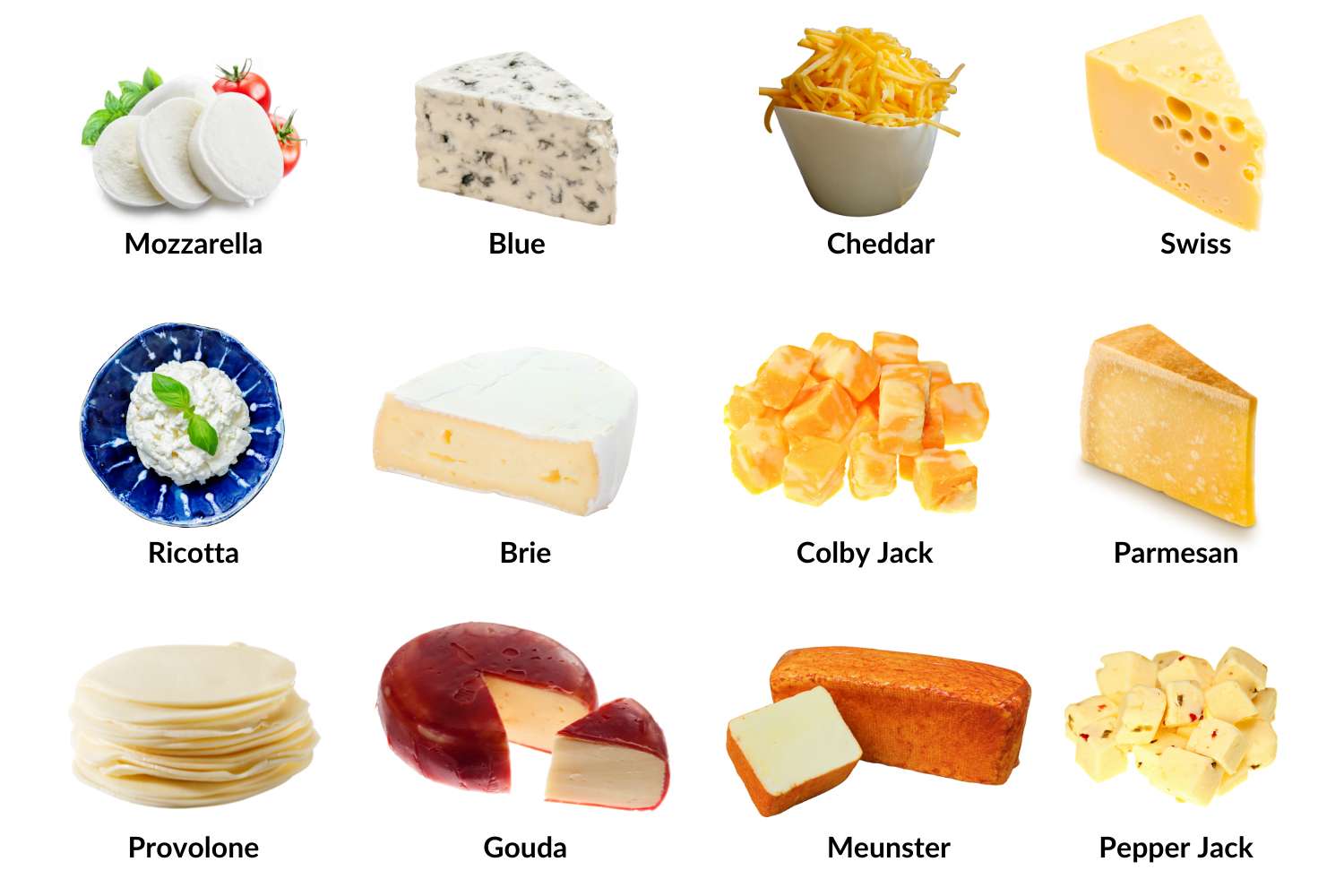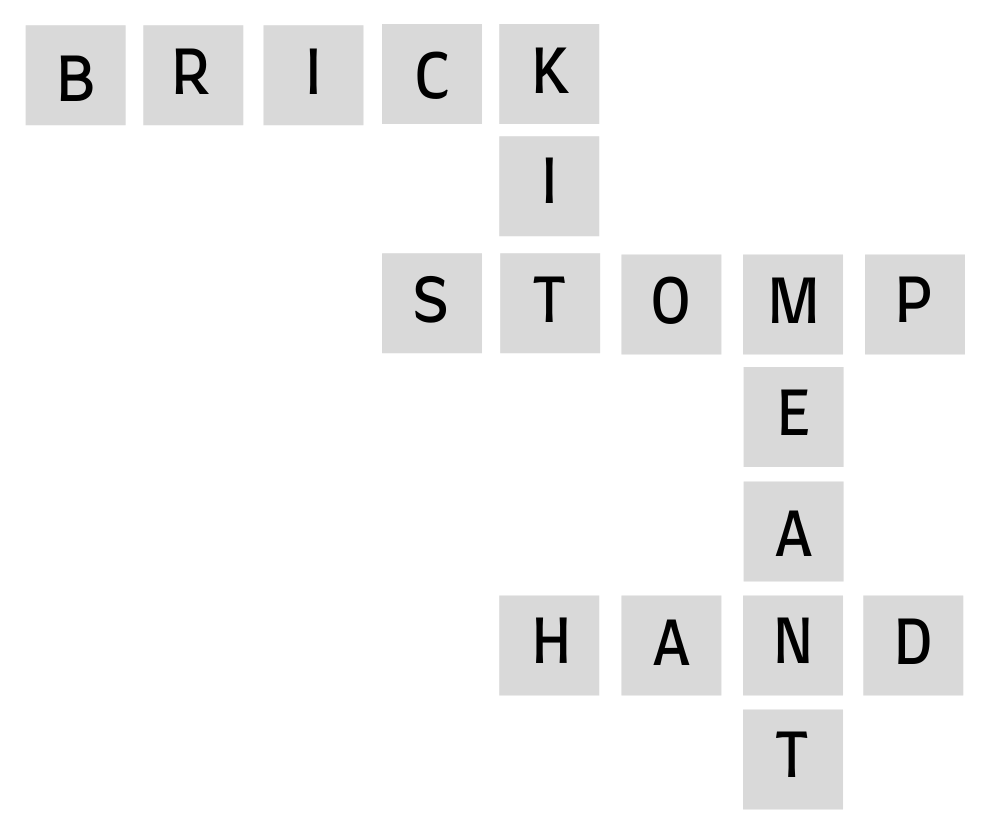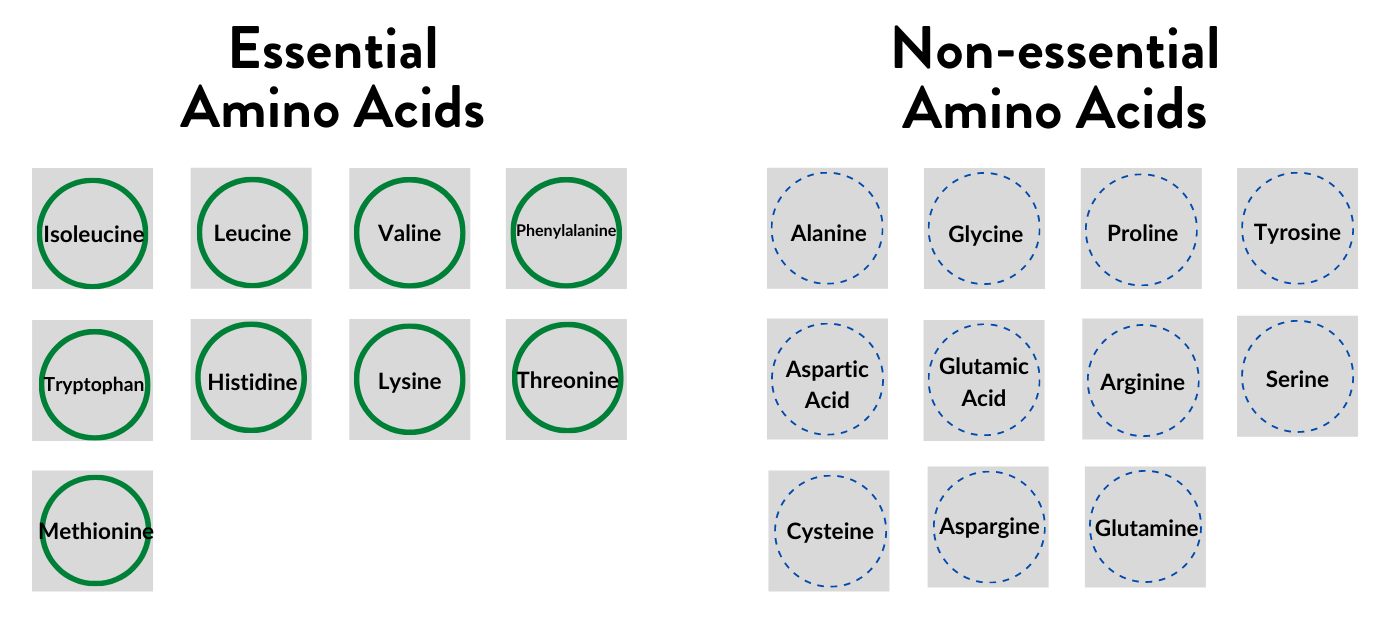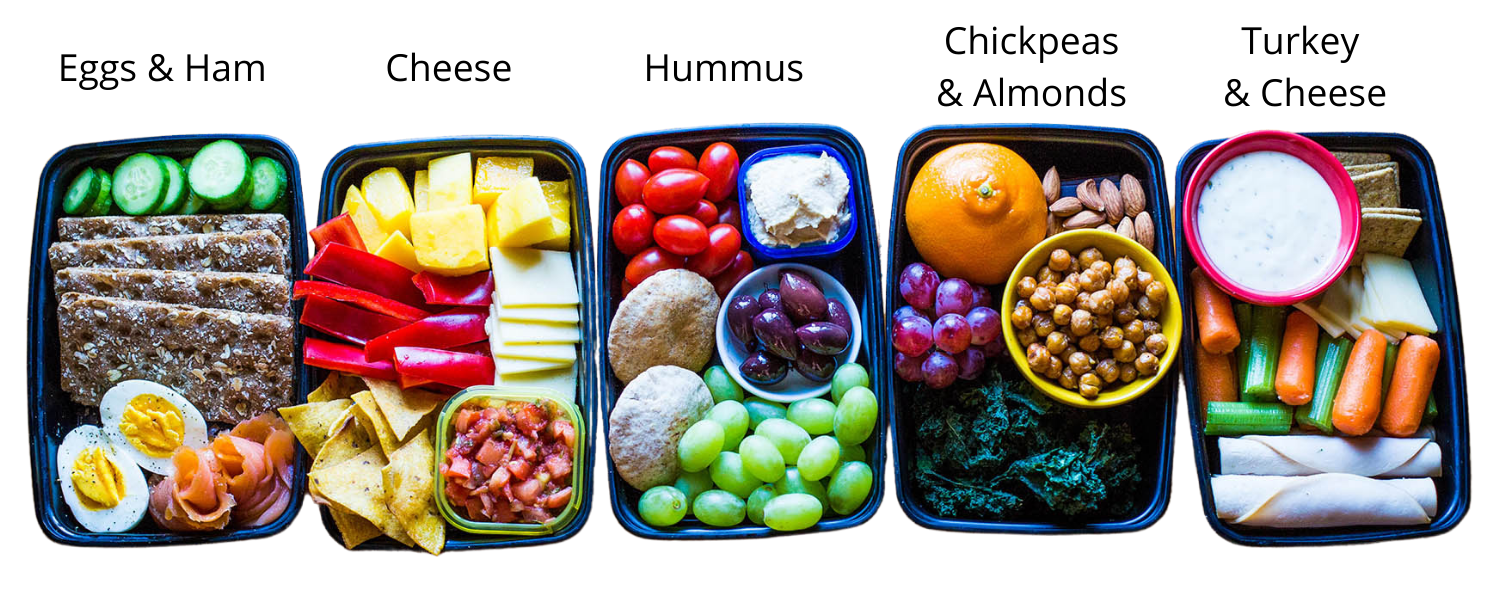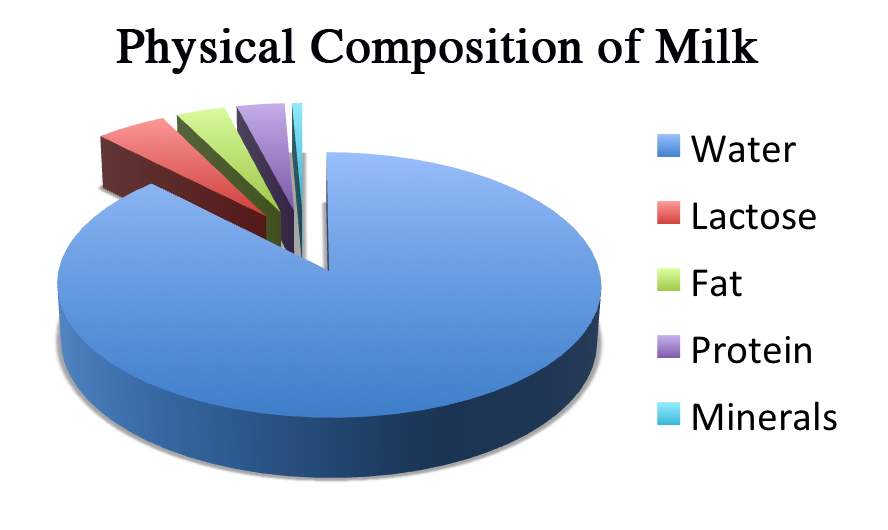Say Cheese for Protein
Explore protein, discover the role of amino acids, identify dietary sources of complete and incomplete proteins, and make fresh mozzarella cheese—a food science experience where students will observe the protein in milk (whey and casein) separate from water in the creation of cheese.
Background
Lesson Activities
Recommended Companion Resources
Credits
Author
Andrea Gardner and Rashel Clark | National Center for Agricultural Literacy (NCAL)
Sources
- Advanced Nutrition and Human Metabolism. Gropper and Smith. 2013
- Foods Experimental Perspectives. Margaret McWilliams. 2012
- https://nationalhistoriccheesemakingcenter.org/history-of-cheese/
- https://www.usdairy.com/news-articles/cheese-types-what-you-need-to-know-about-cheese
- https://www.idfa.org/history-of-cheese
- Foods Experimental Perspectives. 7th edition. Margaret McWilliams
- Say Cheese! A Kid's Guide to Cheese Making. Ricki Carroll and Sarah Carroll
- https://nationalhistoriccheesemakingcenter.org/history-of-cheese/
- https://www.hsph.harvard.edu/nutritionsource/cheese/
- https://www.hsph.harvard.edu/nutritionsource/what-should-you-eat/protein/
- https://health.clevelandclinic.org/do-i-need-to-worry-about-eating-complete-proteins/
Standards
Texas Content Area Standards
-
World Geography Studies: 113.43.d.21
Social studies skills. The student applies critical-thinking skills to organize and use information acquired through established research methodologies from a variety of valid sources, including technology. The student is expected to:
- World Geography Studies: 113.43.d.21.D: analyze information by sequencing, categorizing, identifying cause-and-effect relationships, comparing, contrasting, finding the main idea, summarizing, making generalizations and predictions, drawing inferences and conclusions, and developing connections over time
- World Geography Studies: 113.43.d.21.F: formulate and communicate visually, orally, or in writing a claim supported by evidence and reasoning for an intended audience and purpose
-
Economics with Emphasis on the Free Enterprise System and Its Benefits: 113.31.d.21
Social studies skills. The student applies critical-thinking skills to organize and use information acquired through established research methodologies from a variety of valid sources, including technology. The student is expected to:
- Economics with Emphasis on the Free Enterprise System and Its Benefits: 113.31.d.21.A: analyze economic information by sequencing, categorizing, identifying cause-and-effect relationships, comparing, contrasting, finding the main idea, summarizing, making generalizations and predictions, and drawing inferences and conclusions
- Economics with Emphasis on the Free Enterprise System and Its Benefits: 113.31.d.21.F: formulate and communicate visually, orally, or in writing a claim supported by evidence and reasoning for an intended audience and purpose
-
English I: 110.36.c.1
Developing and sustaining foundational language skills: listening, speaking, discussion, and thinking--oral language. The student develops oral language through listening, speaking, and discussion.
- English I: 110.36.c.1.A: engage in meaningful and respectful discourse by listening actively, responding appropriately, and adjusting communication to audiences and purposes;
- English I: 110.36.c.1.B: follow and give complex oral instructions to perform specific tasks, answer questions, or solve problems and complex processes;
- English I: 110.36.c.1.D: participate collaboratively, building on the ideas of others, contributing relevant information, developing a plan for consensus building, and setting ground rules for decision making
-
English I: 110.36.c.4
Comprehension skills: listening, speaking, reading, writing, and thinking using multiple texts. The student uses metacognitive skills to both develop and deepen comprehension of increasingly complex texts.
- English I: 110.36.c.4.F: make inferences and use evidence to support understanding
-
English I: 110.36.c.5
Response skills: listening, speaking, reading, writing, and thinking using multiple texts. The student responds to an increasingly challenging variety of sources that are read, heard, or viewed.
- English I: 110.36.c.5.B: write responses that demonstrate understanding of texts, including comparing texts within and across genres
- English I: 110.36.c.5.F: respond using acquired content and academic vocabulary as appropriate
-
English II: 110.37.c.4
Comprehension skills: listening, speaking, reading, writing, and thinking using multiple texts. The student uses metacognitive skills to both develop and deepen comprehension of increasingly complex texts.
- English II: 110.37.c.4.F: make inferences and use evidence to support understanding
-
English II: 110.37.c.1
Developing and sustaining foundation language skills: listening, speaking, discussion, and thinking--oral language. The student develops oral language through listening, speaking, and discussion.
- English II: 110.37.c.1.A: engage in meaningful and respectful discourse when evaluating the clarity and coherence of a speaker's message and critiquing the impact of a speaker's use of diction and syntax
- English II: 110.37.c.1.B: follow and give complex oral instructions to perform specific tasks, answer questions, or solve problems and complex processes
- English II: 110.37.c.1.D: participate collaboratively, building on the ideas of others, contributing relevant information, developing a plan for consensus building, and setting ground rules for decision making
-
English III: 110.38.c.1
Developing and sustaining foundational language skills: listening, speaking, discussion, and thinking--oral language. The student develops oral language through listening, speaking, and discussion.
- English III: 110.38.c.1.A: engage in meaningful and respectful discourse when evaluating the clarity and coherence of a speaker's message and critiquing the impact of a speaker's use of diction and syntax
- English III: 110.38.c.1.B: follow and give complex instructions, clarify meaning by asking pertinent questions, and respond appropriately
- English III: 110.38.c.1.D: participate collaboratively, offering ideas or judgments that are purposeful in moving the team toward goals, asking relevant and insightful questions, tolerating a range of positions and ambiguity in decision making, and evaluating the work of the group based on agreed-upon criteria
-
English III: 110.38.c.4
Comprehension skills: listening, speaking, reading, writing, and thinking using multiple texts. The student uses metacognitive skills to both develop and deepen comprehension of increasingly complex texts.
- English III: 110.38.c.4.F: make inferences and use evidence to support understanding
-
English III: 110.38.c.5
Response skills: listening, speaking, reading, writing, and thinking using multiple texts. The student responds to an increasingly challenging variety of sources that are read, heard, or viewed.
- English III: 110.38.c.5.B: write responses that demonstrate analysis of texts, including comparing texts within and across genres
- English III: 110.38.c.5.F: respond using acquired content and academic vocabulary as appropriate
-
English II: 110.37.c.5
Response skills: listening, speaking, reading, writing, and thinking using multiple texts. The student responds to an increasingly challenging variety of sources that are read, heard, or viewed.
- English II: 110.37.c.5.F: respond using acquired content and academic vocabulary as appropriate
-
English IV: 110.39.c.1
Developing and sustaining foundational language skills: listening, speaking, discussion, and thinking--oral language. The student develops oral language through listening, speaking, and discussion.
- English IV: 110.39.c.1.B: follow and give complex instructions, clarify meaning by asking pertinent questions, and respond appropriately
- English IV: 110.39.c.1.D: participate collaboratively, offering ideas or judgments that are purposeful in moving the team toward goals, asking relevant and insightful questions, tolerating a range of positions and ambiguity in decision making, and evaluating the work of the group based on agreed-upon criteria
-
English IV: 110.39.c.4
Comprehension skills: listening, speaking, reading, writing, and thinking using multiple texts. The student uses metacognitive skills to both develop and deepen comprehension of increasingly complex texts.
- English IV: 110.39.c.4.F: make inferences and use evidence to support understanding
-
English IV: 110.39.c.5
Response skills: listening, speaking, reading, writing, and thinking using multiple texts. The student responds to an increasingly challenging variety of sources that are read, heard, or viewed.
- English IV: 110.39.c.5.B: write responses that demonstrate analysis of texts, including comparing texts within and across genres
- English IV: 110.39.c.5.F: respond using acquired content and academic vocabulary as appropriate
-
Food Technology and Safety: 130.15.c.1
The student demonstrates professional standards/employability skills as required by business and industry. The student is expected to:
- Food Technology and Safety: 130.15.c.1.B: apply competencies related to resources, information, interpersonal skills, and systems of operation in food processing.
-
Food Technology and Safety: 130.15.c.4
The student analyzes the nutritive value of food constituents. The student is expected to:
- Food Technology and Safety: 130.15.c.4.A: define the terms used in food technology.
-
Food Technology and Safety: 130.15.c.11
The student describes the processing, packaging, quality analysis, and marketing of milk and dairy products for distribution. The student is expected to:
- Food Technology and Safety: 130.15.c.11.A: describe methods of preparing milk for processing.
- Food Technology and Safety: 130.15.c.11.B: evaluate methods of processing milk and dairy products.
- Food Technology and Safety: 130.15.c.11.C: identify dairy products, including cultured milk products and frozen dairy desserts.
- Food Technology and Safety: 130.15.c.11.D: process, classify, and grade cheese.
-
Food Processing: 130.16.c.1
The student demonstrates professional standards/employability skills as required by business and industry. The student is expected to:
- Food Processing: 130.16.c.1.B: apply competencies related to resources, information, interpersonal skills, and systems of operation in the food processing industry, including the value-added products industry.
-
Food Processing: 130.16.c.4
The student understands consumer satisfaction issues. The student is expected to:
- Food Processing: 130.16.c.4.A: practice equipment maintenance and sanitation procedures.
- Food Processing: 130.16.c.4.B: explain the factors that affect food palatability.
-
Food Processing: 130.16.c.5
The student understands quality control issues in food processing. The student is expected to:
- Food Processing: 130.16.c.5.A: practice procedures relating to the safe manufacture of foods through hygienic food handling and processing.
-
World History Studies: 113.42.d.28
Social studies skills. The student understands how historians use historiography to interpret the past and applies critical-thinking skills to organize and use information acquired from a variety of valid sources, including technology. The student is expected to:
- World History Studies: 113.42.d.28.E: analyze information by sequencing, categorizing, identifying cause-and-effect relationships, comparing, contrasting, finding the main idea, summarizing, making generalizations and predictions, drawing inferences and conclusions, and developing connections between historical events over time
- World History Studies: 113.42.d.28.F: formulate and communicate visually, orally, or in writing a claim supported by evidence and reasoning for an intended audience and purpose
-
Biology: 112.42.c.1
Scientific and engineering practices. The student, for at least 40% of instructional time, asks questions, identifies problems, and plans and safely conducts classroom, laboratory, and field investigations to answer questions, explain phenomena, or design solutions using appropriate tools and models. The student is expected to:
- Biology: 112.42.c.1.A: ask questions and define problems based on observations or information from text, phenomena, models, or investigations
- Biology: 112.42.c.1.E: collect quantitative data using the International System of Units (SI) and qualitative data as evidence
- Biology: 112.42.c.1.F: organize quantitative and qualitative data using scatter plots, line graphs, bar graphs, charts, data tables, digital tools, diagrams, scientific drawings, and student-prepared models
- Biology: 112.42.c.1.G: develop and use models to represent phenomena, systems, processes, or solutions to engineering problems
-
Biology: 112.42.c.3
Scientific and engineering practices. The student develops evidence-based explanations and communicates findings, conclusions, and proposed solutions. The student is expected to:
- Biology: 112.42.c.3.A: develop explanations and propose solutions supported by data and models and consistent with scientific ideas, principles, and theories
- Biology: 112.42.c.3.B: communicate explanations and solutions individually and collaboratively in a variety of settings and formats
- Biology: 112.42.c.3.C: engage respectfully in scientific argumentation using applied scientific explanations and empirical evidence
-
Biology: 112.42.c.4
Scientific and engineering practices. The student knows the contributions of scientists and recognizes the importance of scientific research and innovation on society. The student is expected to:
- Biology: 112.42.c.4.C: research and explore resources such as museums, libraries, professional organizations, private companies, online platforms, and mentors employed in a science, technology, engineering, and mathematics (STEM) field in order to investigate STEM careers
-
Biology: 112.42.c.5
Science concepts--biological structures, functions, and processes. The student knows that biological structures at multiple levels of organization perform specific functions and processes that affect life. The student is expected to:
- Biology: 112.42.c.5.A: relate the functions of different types of biomolecules, including carbohydrates, lipids, proteins, and nucleic acids, to the structure and function of a cell
-
Environmental Systems: 112.50.c.1
Scientific and engineering practices. The student, for at least 40% of instructional time, asks questions, identifies problems, and plans and safely conducts classroom, laboratory, and field investigations to explain phenomena or design solutions using appropriate tools and models. The student is expected to:
- Environmental Systems: 112.50.c.1.A: ask questions and define problems based on observations or information from text, phenomena, models, or investigations
- Environmental Systems: 112.50.c.1.E: collect quantitative data using the International System of Units (SI) and qualitative data as evidence;
- Environmental Systems: 112.50.c.1.F: organize quantitative and qualitative data using probeware, spreadsheets, lab notebooks or journals, models, diagrams, graphs paper, computers, or cellphone applications
- Environmental Systems: 112.50.c.1.G: develop and use models to represent phenomena, systems, processes, or solutions to engineering problems
-
Environmental Systems: 112.50.c.3
Scientific and engineering practices. The student develops evidence-based explanations and communicates findings, conclusions, and proposed solutions. The student is expected to:
- Environmental Systems: 112.50.c.3.A: develop explanations and propose solutions supported by data and models consistent with scientific ideas, principles, and theories
- Environmental Systems: 112.50.c.3.B: communicate explanations and solutions individually and collaboratively in a variety of settings and formats
- Environmental Systems: 112.50.c.3.C: engage respectfully in scientific argumentation using applied scientific explanations and empirical evidence.
-
Environmental Systems: 112.50.c.4
Scientific and engineering practices. The student knows the contributions of scientists and recognizes the importance of scientific research and innovation on society. The student is expected to:
- Environmental Systems: 112.50.c.4.C: research and explore resources such as museums, planetariums, observatories, libraries, professional organizations, private companies, online platforms, and mentors employed in a science, technology, engineering, and mathematics (STEM) field in order to investigate STEM careers
-
Environmental Systems: 112.50.c.12
Science concepts. The student understands how ethics and economic priorities influence environmental decisions. The student is expected to:
- Environmental Systems: 112.50.c.12.A: evaluate cost-benefit trade-offs of commercial activities such as municipal development, food production, deforestation, over-harvesting, mining, and use of renewable and non-renewable energy sources;
- Environmental Systems: 112.50.c.12.C: analyze how ethical beliefs influence environmental scientific and engineering practices such as methods for food production, water distribution, energy production, and the extraction of minerals
-
Chemistry: 112.43.c.1
Scientific and engineering practices. The student, for at least 40% of instructional time, asks questions, identifies problems, and plans and safely conducts classroom, laboratory, and field investigations to answer questions, explain phenomena, or design solutions using appropriate tools and models. The student is expected to:
- Chemistry: 112.43.c.1.A: ask questions and define problems based on observations or information from text, phenomena, models, or investigations
- Chemistry: 112.43.c.1.E: collect quantitative data using the International System of Units (SI) and qualitative data as evidence
- Chemistry: 112.43.c.1.F: organize quantitative and qualitative data using oral or written lab reports, labeled drawings, particle diagrams, charts, tables, graphs, journals, summaries, or technology-based reports
- Chemistry: 112.43.c.1.G: develop and use models to represent phenomena, systems, processes, or solutions to engineering problems
-
Chemistry: 112.43.c.3
Scientific and engineering practices. The student develops evidence-based explanations and communicates findings, conclusions, and proposed solutions. The student is expected to:
- Chemistry: 112.43.c.3.A: develop explanations and propose solutions supported by data and models and consistent with scientific ideas, principles, and theories
- Chemistry: 112.43.c.3.B: communicate explanations and solutions individually and collaboratively in a variety of settings and formats
- Chemistry: 112.43.c.3.C: engage respectfully in scientific argumentation using applied scientific explanations and empirical evidence
-
Chemistry: 112.43.c.4
Scientific and engineering practices. The student knows the contributions of scientists and recognizes the importance of scientific research and innovation on society. The student is expected to:
- Chemistry: 112.43.c.4.C: research and explore resources such as museums, libraries, professional organizations, private companies, online platforms, and mentors employed in a science, technology, engineering, and mathematics (STEM) field in order to investigate STEM careers
-
Chemistry: 112.43.c.12
Science concepts. The student understands and applies various rules regarding acids and bases. The student is expected to:
- Chemistry: 112.43.c.12.D: predict products in acid-base reactions that form water
